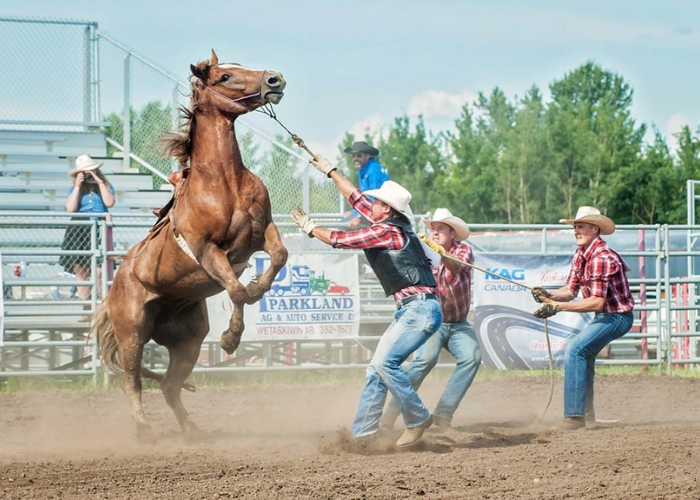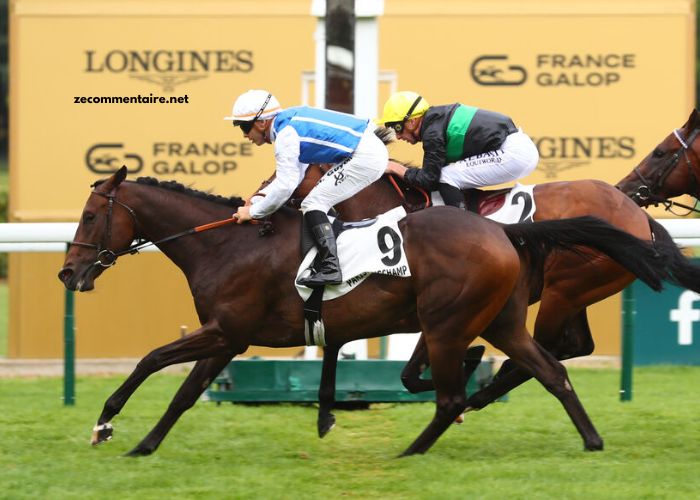Nestled in the heart of West Africa, Burkina Faso stands as a testament to the stunning landscapes and hidden treasures that the continent has to offer. Beyond its rich cultural heritage and vibrant communities, the country is also home to a lesser-known wonder its lush and captivating turf. This article sets out to explore the beauty and significance of Burkina Faso’s turf, shedding light on its unique features, ecological importance, and the role it plays in the lives of its people.
The Green Carpet of Burkina Faso
Imagine standing on a vast expanse of emerald-green turf that stretches as far as the eye can see. That’s the surreal experience that Burkina Faso’s turf offers to those fortunate enough to witness it. The country’s terrain is characterized by rolling hills and plains adorned with a velvety cover of grass, creating a picturesque scene that seems almost otherworldly. From the Sahel region in the north to the Sudanese savannas in the south, the turf blankets the land in a mesmerizing display of nature’s artistry.
Natural Diversity and Wildlife Habitat
Beyond its aesthetic appeal, Burkina Faso’s turf serves as a critical habitat for a diverse range of wildlife. The grasslands provide a sanctuary for various species, from graceful antelopes and majestic elephants to vibrant birds and elusive predators. These animals have adapted to the unique ecosystem of the turf, finding sustenance and shelter amidst its verdant embrace. As the country’s biodiversity faces increasing pressures, protecting these grasslands becomes a crucial endeavor to ensure the survival of its inhabitants.
Cultural Significance
The turf of Burkina Faso transcends its physical presence and holds deep cultural significance for its people. Nomadic communities have long relied on these grasslands for grazing their livestock, forging a symbiotic relationship between humans and nature. The turf has also served as a backdrop for traditional ceremonies, where the rhythmic beat of drums mingles with the rustling of grass, creating an enchanting atmosphere that connects the past with the present.
Challenges and Conservation Efforts
However, the lush beauty of Burkina Faso’s turf is not without its challenges. Climate change, deforestation, and agricultural expansion threaten the delicate balance of this ecosystem. The need for sustainable land management practices and conservation efforts has never been more urgent. Local communities, NGOs, and government initiatives are working tirelessly to protect and restore these grasslands, recognizing their invaluable role in maintaining the ecological equilibrium of the region.
Preserving a Green Legacy
In the face of these challenges, there is hope. Burkina Faso’s turf stands as a testament to the resilience of nature and the determination of its people. By adopting eco-friendly agricultural practices, promoting reforestation, and raising awareness about the importance of these grasslands, a brighter future for this unique ecosystem can be secured. As travelers, conservationists, and global citizens, we all have a role to play in preserving this green legacy for generations to come.
Conclusion
Burkina Faso’s turf is more than just a carpet of grass; it’s a living testament to the intricate connections between nature, culture, and life. Its lush expanses not only captivate the eye but also serve as a refuge for diverse wildlife and a symbol of cultural heritage. As we marvel at the beauty of this hidden gem in West Africa, let us also take to heart the importance of safeguarding it for the future. In our collective efforts, we can ensure that the emerald landscapes of Burkina Faso continue to thrive and inspire awe for years to come




